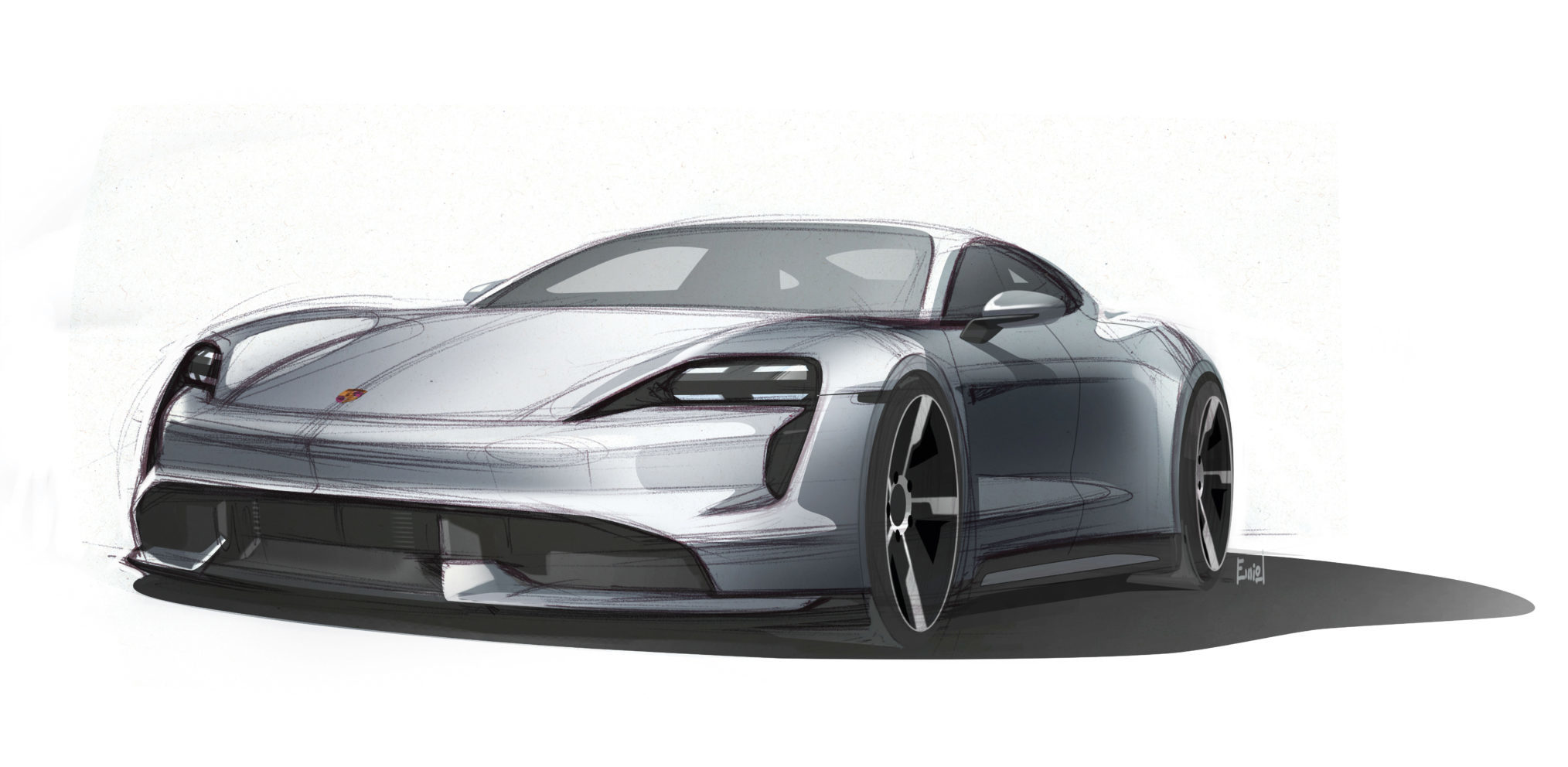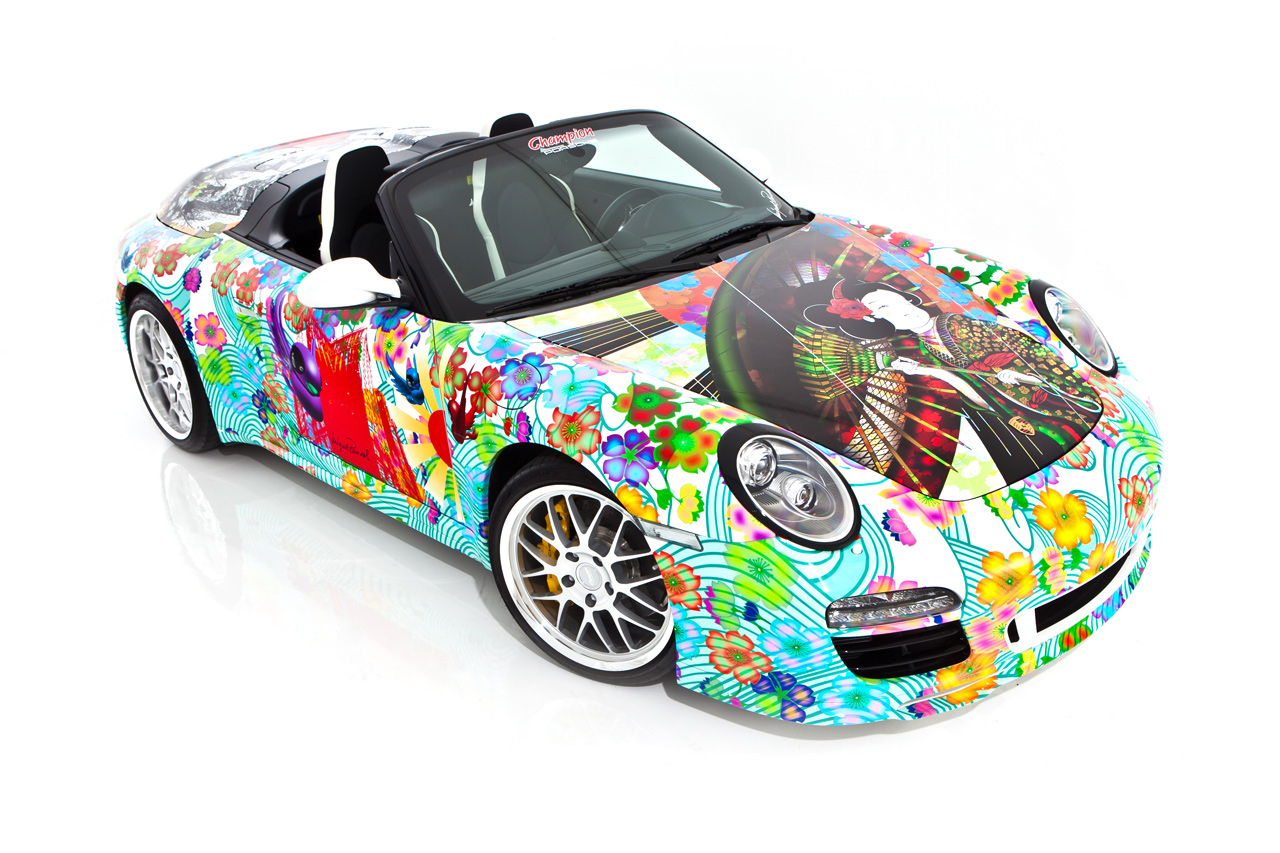To shape the future, Porsche designers cross boundaries. They take the best from traditions and origins—the brand essence, the values that have made the company successful. At the same time, they boldly add something new. To do so, they study people and their habits in general and Porsche drivers in particular. “In the past, we used to type our destination into the navigation system before a journey. Today, we prepare the route on our smartphones while sitting on the sofa, and then send it to the car.” For Ivo van Hulten, director of user experience design (UX), the possible has long been taken for granted. At the Weissach Development Center, UX stands for everything you can experience in and with a Porsche. It’s about a desire for convenience, flexibility, and timeliness—condensed into a brand experience.
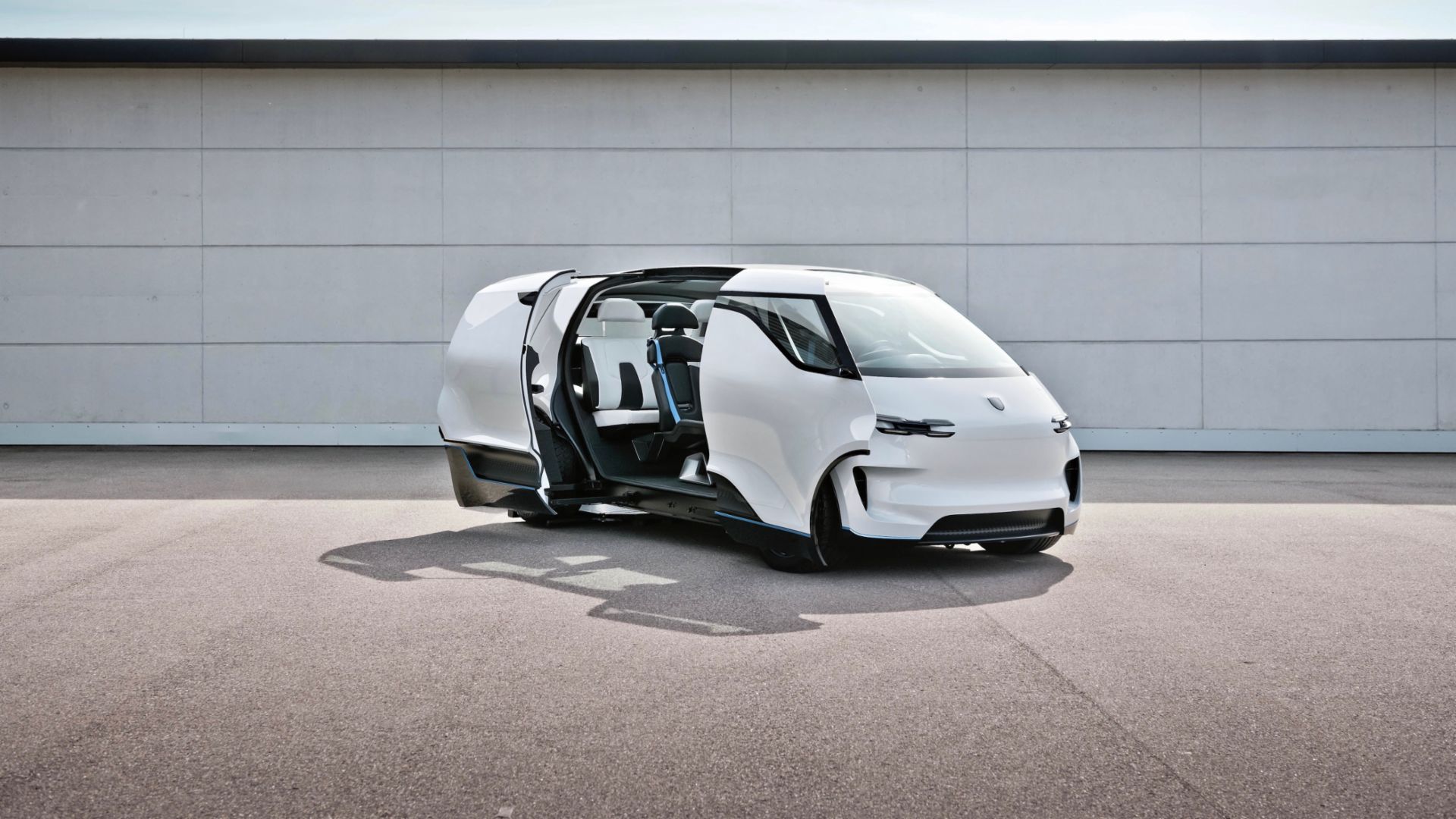
Together with chief designer Michael Mauer and Markus Auerbach, head of interior design, van Hulten experiments every day with what will meet these needs in a few years’ time. The designers keep their minds fresh with the “first principle thinking” method. In doing so, they move away from familiar analogies and break hypotheses down into their smallest components. They focus not on familiar forms but on functions that might be of interest in the future. They ask themselves what a Porsche could be—and what it could not be. This process provides answers to questions that no one has asked before.
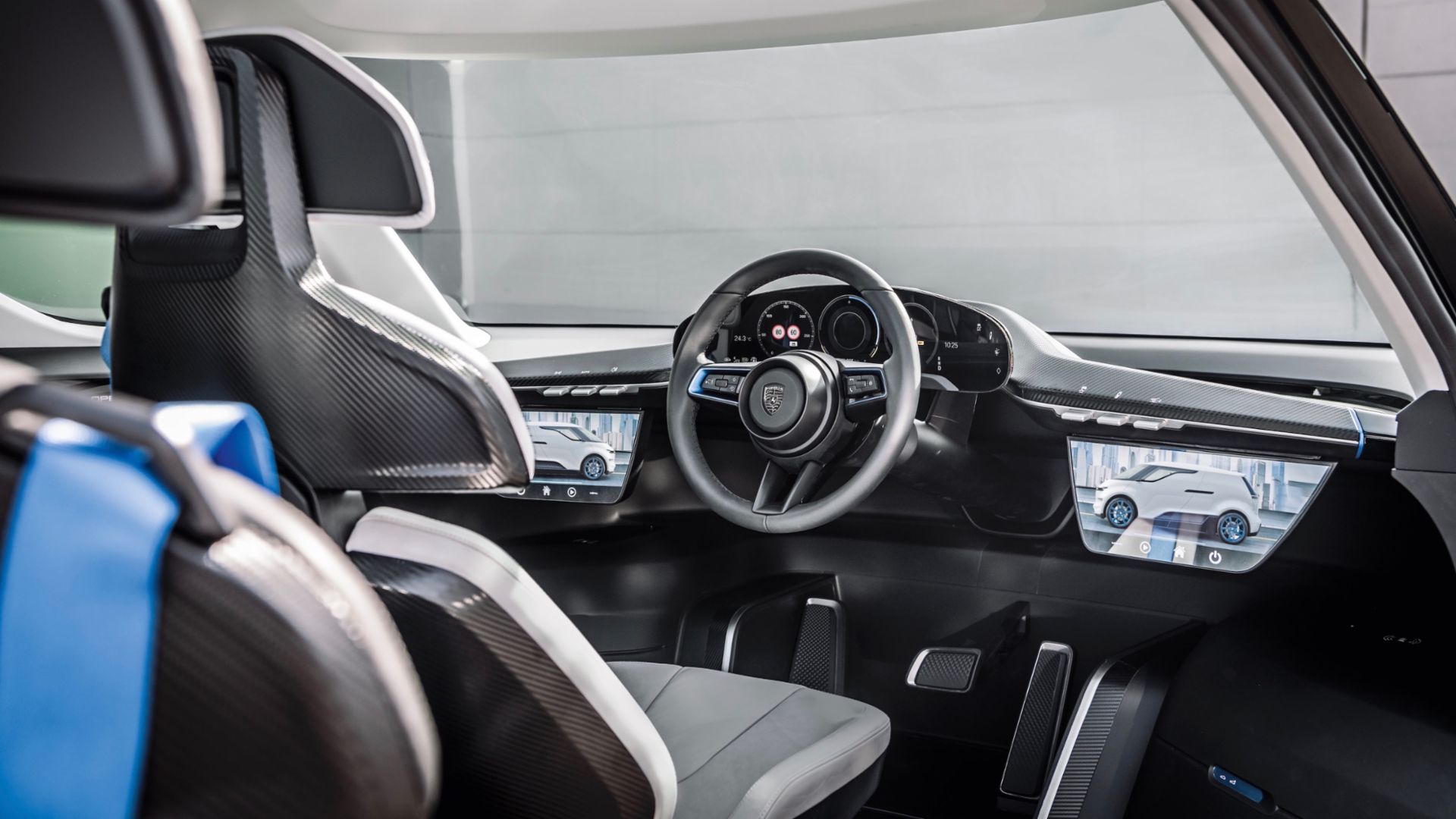
Interior of the future
“We thought about how we could still give a distinctly Porsche flair to a passenger compartment that is so far removed from the classic sports-car interior. And how autonomous driving could be designed,” Mauer explains. The second aspect is certainly worth discussing. After all, sports cars are a symbol of self-determination. “We don’t assume that our customers want to give up using a steering wheel,” says Mauer. But in order to be able to think freely about the future, boundaries must be crossed when carrying out these finger exercises. This, he says, is how the centered driver position of the Renndienst came about. “When I want to drive, I have more cockpit feeling than in any other car. And when I don’t, the driver’s seat can be rotated 180 degrees—with one swivel, it turns to face the other passengers. We worked on materializing these basic ideas for about a year,” the chief designer explains.
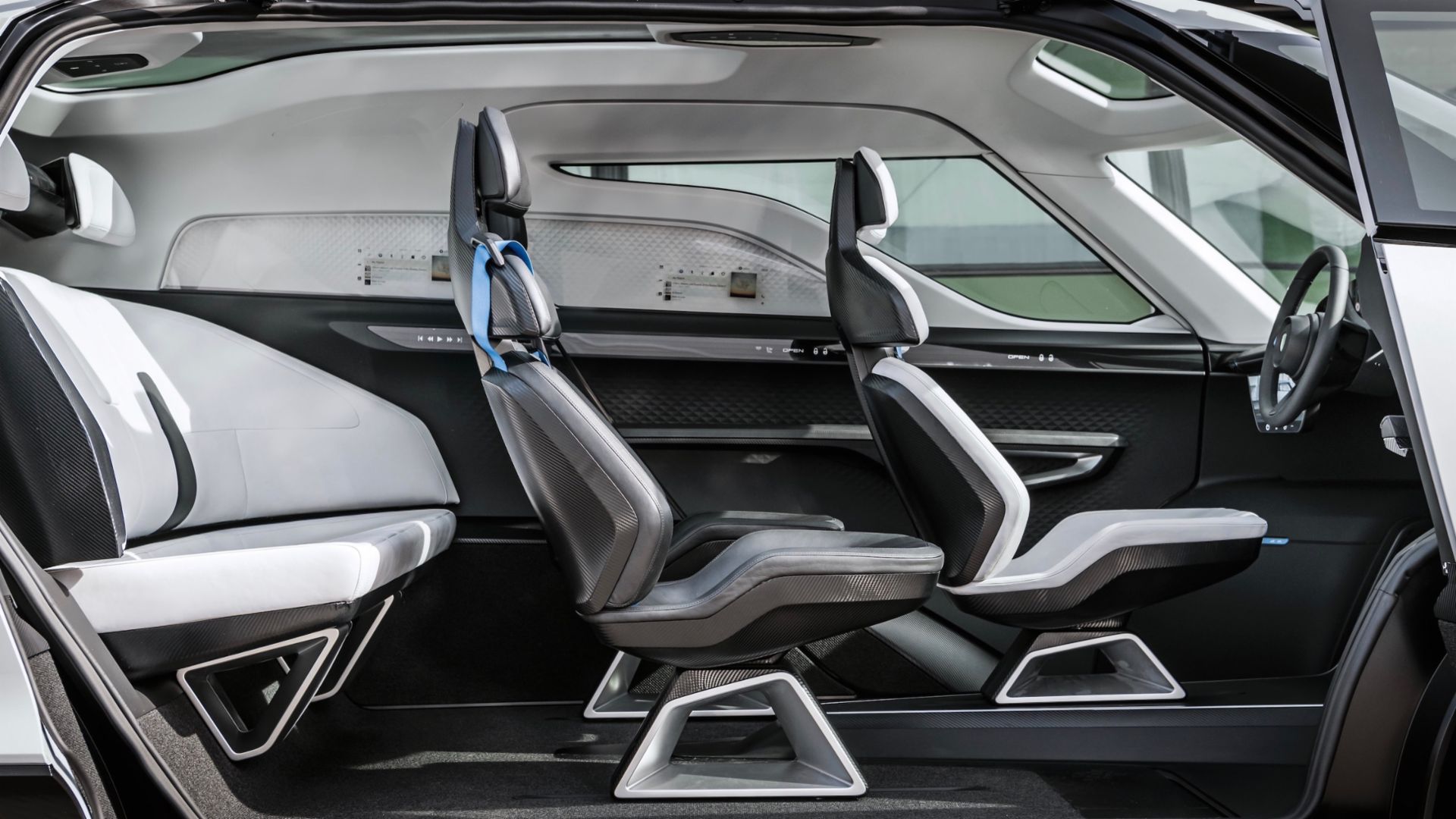
Source: Porsche


